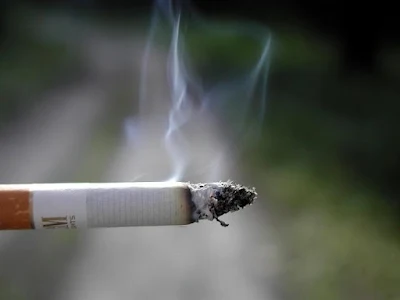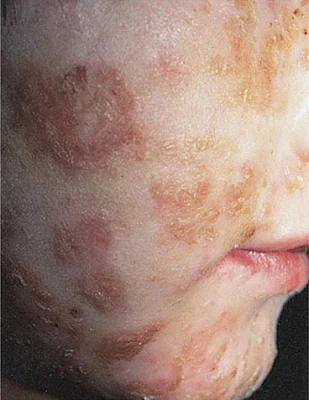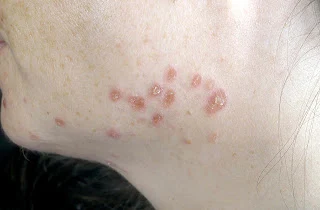SMOKING
Tobacco is a substance extremely harmful to the human body. Smokers are much more likely to get sick and die more prematurely than those who do not smoke. If you smoke, you should seriously worry about how this harmful substance is affecting your health and that of those around you when you smoke.

Nicotine is a highly addictive substance and if you smoke regularly, you should consider it extremely difficult to stop smoking without professional help. Moreover, most people can not quit smoking at their first attempt. Therefore, be aware that you may have to try several times, but we assure you that quitting is the best thing you can do for your health.
The help is not only medical, but you can also seek the support of your family, your friends, of course, doctors and counselors specialize in the subject. Your doctor can prescribe a special medication to break your addiction to nicotine. Make a list of high-risk sites where smoking is most encouraged and you should avoid visiting and in the same way, change your routine so that you only visit places where smoking is prohibited such as shopping centers, restaurants, cinemas, etc.
What you will achieve when you quit smoking: Not only will it substantially improve your health, but also the health of those around you when you smoked (passive smoking). By the end of the first year without smoking, your risk of heart attacks will have decreased by half. Five years after quitting you will recover the health of someone who never smoked. It will also improve your ability to smell and enjoy the food.
But remember, quitting smoking will not relieve your stress. Many people who have relapsed in smoking accuse stress as their biggest reason to relapse. You will have to learn new, healthier methods to combat stress, such as walking, playing sports or meditating.
Tobacco risks:
Knowing the serious health risks of tobacco use you can be motivated to quit smoking.The tobacco is a plant. Its leaves are smoked, chewed or aspirated to experience a variety of effects. Using tobacco for a long time can increase your risk of developing many health problems.
Tobacco contains the chemical nicotine which is an addictive substance.
Tobacco smoke contains more than 7,000 chemicals of which at least 70 are known to cause cancer.
Tobacco that does not burn is called tobacco that is not smoked. Including nicotine, there are at least 30 chemicals in non-smoking tobacco that are known to cause cancer.
There are a lot of health risks from smoking and using tobacco. The most serious are those in the following list-
Cardiovascular problems:
- Blood clots and weakening of the walls of blood vessels in the brain, which can lead to stroke.
- Blood clots in the legs, which can travel to the lungs.
- Coronary artery disease, which includes angina and heart attack.
- Temporary arterial hypertension after smoking
- Poor blood flow to the legs.
- Problems with erections due to decreased blood flow to the penis.
Other health problems or risks:
- Cancer (most likely in the lung, mouth, larynx, nose and sinuses, throat, esophagus, stomach, bladder, kidney, pancreas, cervix, colon and rectum).
- Poor healing of a wound after surgery.
- Pulmonary problems such as COPD, or asthma difficult to control.
- Problems during pregnancy, such as babies born with low birth weight, premature birth, miscarriage and cleft lip.
- Decreased ability to taste and smell.
- Damage to sperm, which causes sterility.
- Loss of sight due to an increased risk of macular degeneration.
- Diseases of the teeth and gums.
- Wrinkles of the skin.
Smokers who switch to non-smoking tobacco instead of quitting still have health risks:
- Increased risk of oral cancer, tongue, esophagus, and pancreas.
- Gum problems, tooth wear, and tooth decay.
- Worsening of arterial hypertension and angina.
Those who are often close to the smoke of others (passive smoking) have a higher risk of:
- Heart attacks and heart diseases.
- Lung cancer.
- Sudden and severe reactions, including in the eyes, nose, throat and lower respiratory tract.
Babies and children who are often exposed to indirect cigarette smoke are at risk of:
- Asthma attacks (children with asthma who live with a smoker are much more likely to visit the emergency department).
- Infections of the mouth, throat, sinuses, ears, and lungs.
- Lung damage (poor lung function).
- Sudden infant death syndrome (SIDS).
- Like any addiction, quitting tobacco is difficult, especially if you are doing it alone.
How to get rid of:
The first step is the most important: Decide to stop smoking. For this, define a date to stop smoking and respect it. We strongly recommend you to be advised by a health professional specialized in the subject.
Then-
- Seek support from family members, friends or co-workers.
- Talk to your health care provider about nicotine replacement therapy and smoking cessation medications.
- Join a smoking cessation program and you will be much more likely to succeed. These programs are offered in hospitals, health secretariats, community centers, and work sites.
Instructions for the patient:
- Discharge after angioplasty and stent placement - carotid artery.
- Discharge after angioplasty and stent placement in peripheral arteries.
- High after carotid artery surgery
- High after open repair of the abdominal aortic aneurysm.
- Discharge after endovascular repair of the aortic aneurysm.







